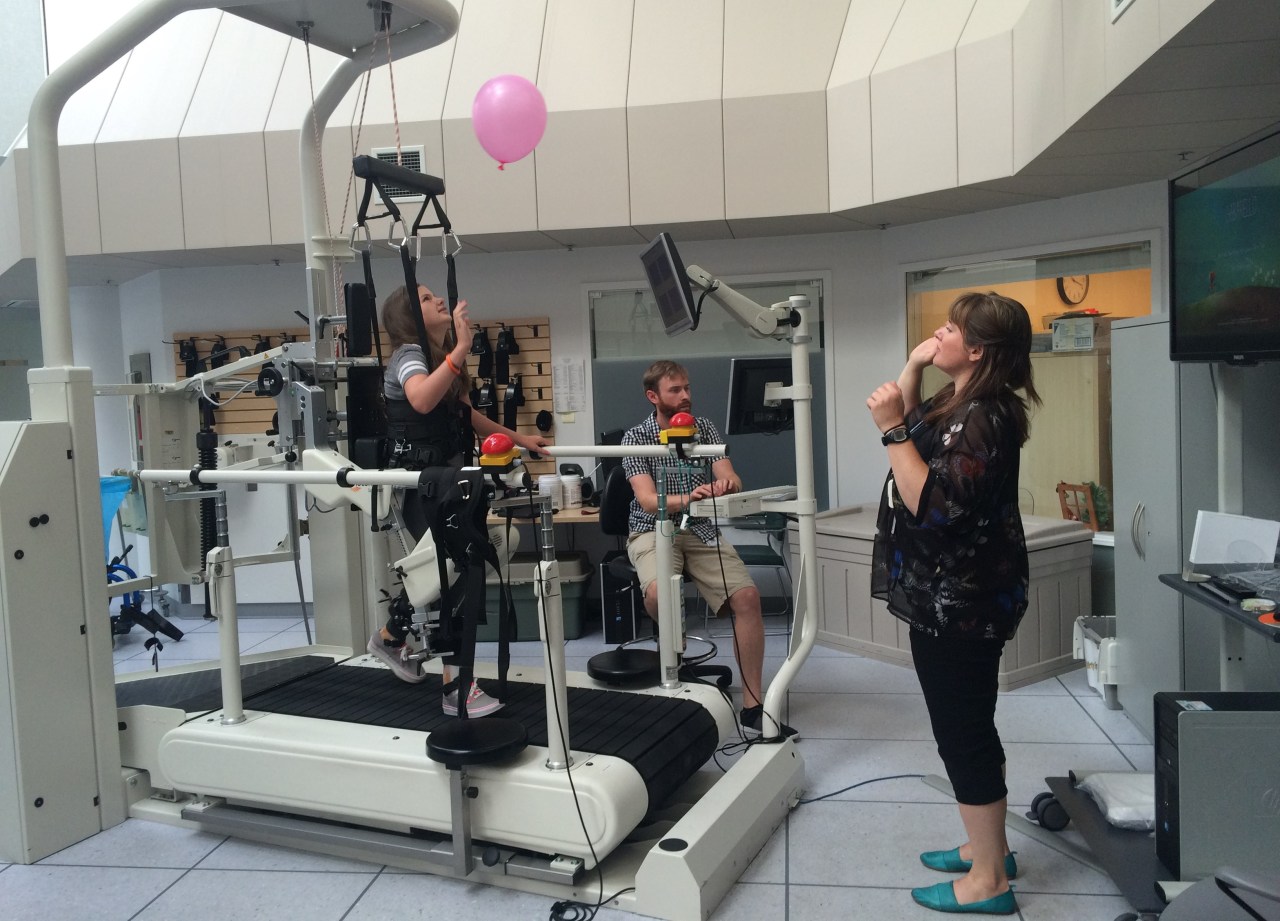Children diagnosed with cerebral palsy often face unique challenges when it comes to mobility and physical therapy. Traditional methods can be daunting and may not engage young minds effectively. However, innovation is on the horizon with robotic assistance poised to transform the way these children regain their mobility and confidence. The Lokomat robotic gait training program is leading the charge, adapted specifically to cater to the needs of younger patients, promising not only physical benefits but also lifting their spirits.
The Lokomat: A New Hope in Robotic Assistance
The Lokomat system, established in therapeutic practices for adults, has evolved into a fascinating tool for pediatric therapies. This state-of-the-art robotic device supports the user’s body weight while guiding them through natural walking movements. Unlike conventional physiotherapy sessions that require significant physical support and can often lead to feelings of frustration or dependency, this technological marvel paves the way for independence. But what sets it apart is its child-centric design.
Listening to Children: More Than Just Machinery
- Engagement Matters: Robotic therapies, while technically advanced, are also about the experience. Children like 12-year-old Maggie Slessor have shared their excitement about being able to walk without assistance. “It’s great to be able to walk without having to hold on to anything,” she exclaimed. Such feedback highlights that the emotional aspect of therapy cannot be overlooked.
- Psychological Benefits: As noted by Shanon Phelan, understanding and incorporating the child’s perspective is critical. Not every child may find the allure in robotic therapy; hence, gauging their motivation can significantly impact engagement. This understanding fosters a more enjoyable and beneficial therapeutic relationship.
Measuring Success: Beyond Physical Improvements
The ongoing study at the University of Alberta is ambitious—aiming to be the largest randomized controlled trial to evaluate the effectiveness of robotic gait assistance. Spearheaded by Lesley Wiart, the research is not only set to measure walking improvements but also psychological impacts. The question isn’t solely whether the device can aid in the physical act of walking; it’s also about how much it boosts the child’s self-esteem and encourages them to participate in community and recreational activities.
A Five-Year Journey Towards Innovative Solutions
With a dedicated five-year timeline involving at least 140 children, this milestone study embodies the essence of meticulous scientific investigation. It demonstrates a commitment to long-term patient rehabilitation strategies and highlights the importance of community health in addressing cerebral palsy. Findings from this trial could revolutionize how therapists and caregivers approach treatment and rehabilitation for children, promising a brighter, more active future.
Conclusion: The Future Looks Bright
As we look towards the future, it’s evident that robotic legs hold transformative power for children with cerebral palsy. The potential benefits stretch beyond physical improvements, reaching into realms of emotional support and societal participation. At **[fxis.ai](https://fxis.ai)**, we believe that such advancements are crucial for the future of AI, as they enable more comprehensive and effective solutions. Our team is continually exploring new methodologies to push the envelope in artificial intelligence, ensuring that our clients benefit from the latest technological innovations.
For more insights, updates, or to collaborate on AI development projects, stay connected with **[fxis.ai](https://fxis.ai)**.

